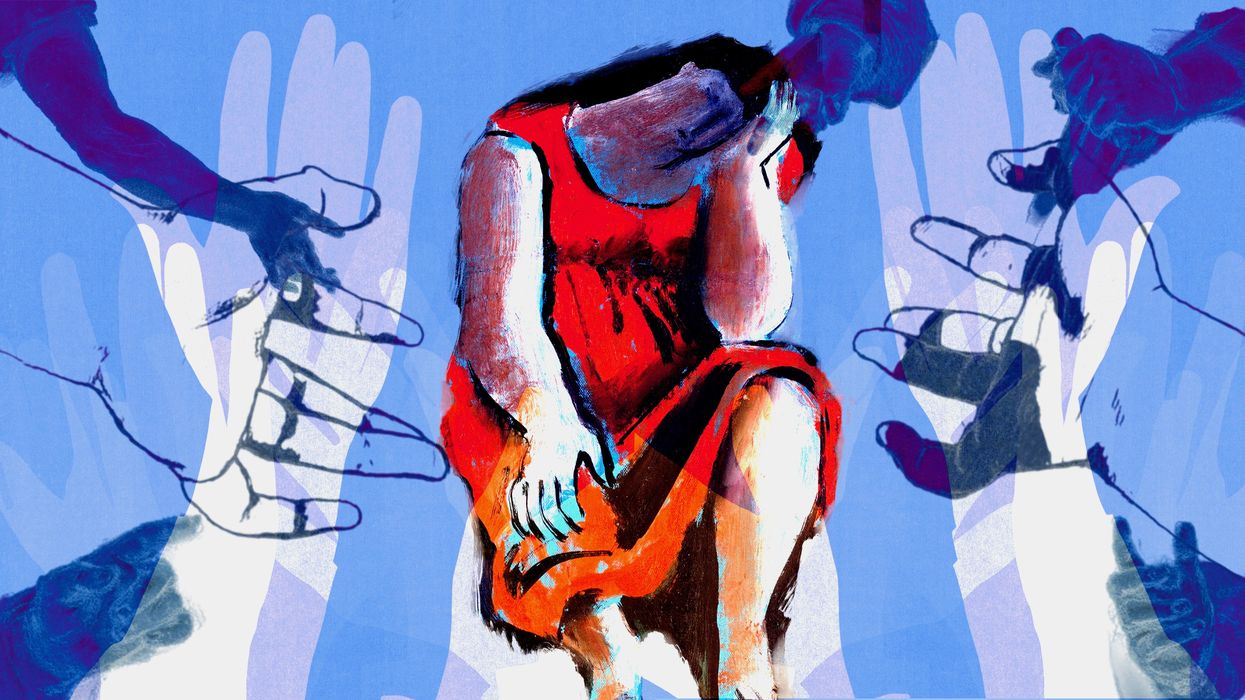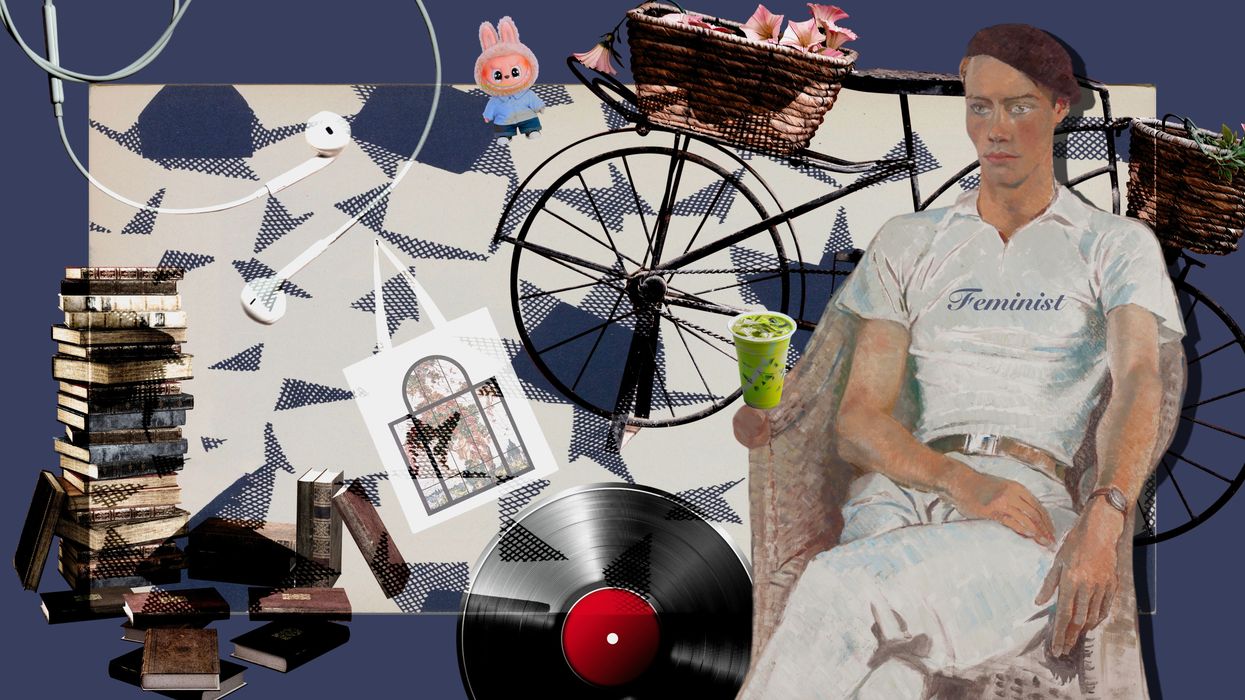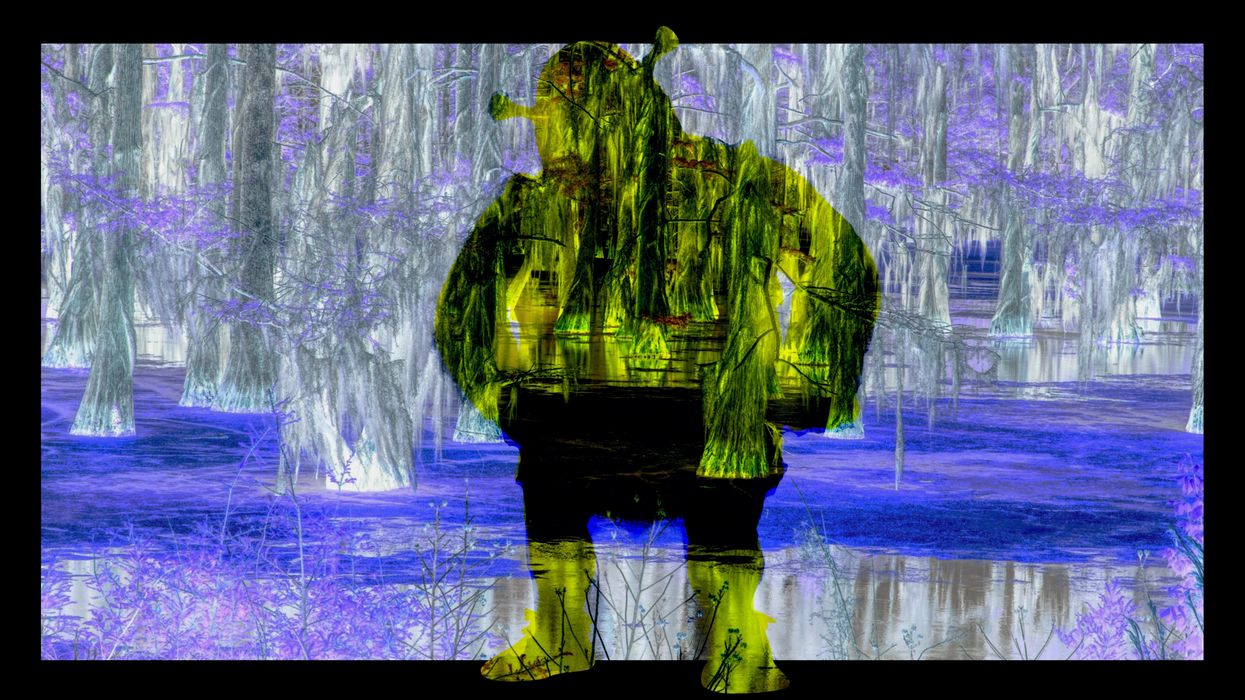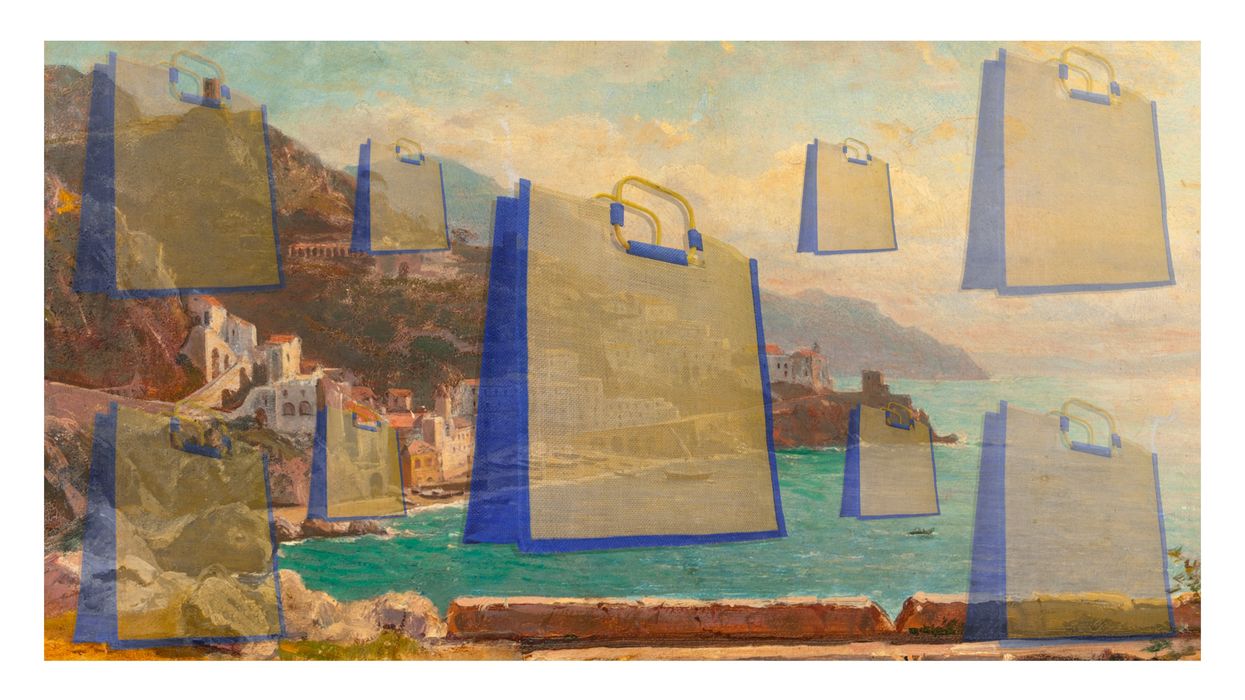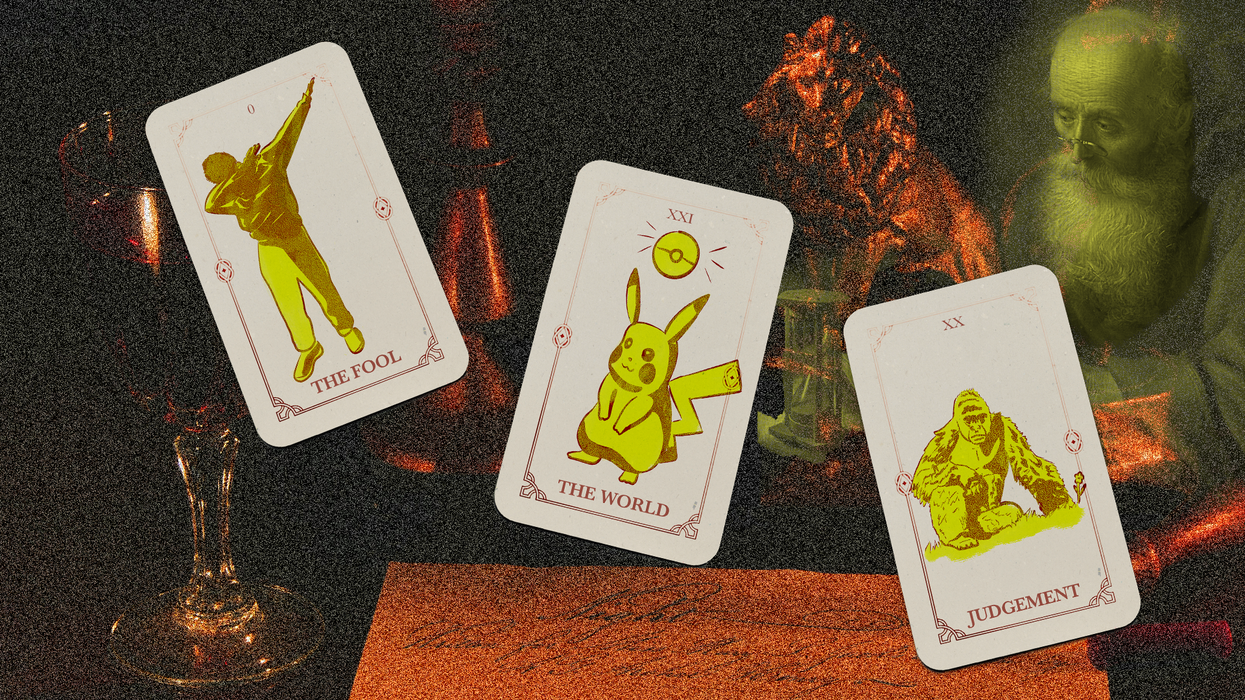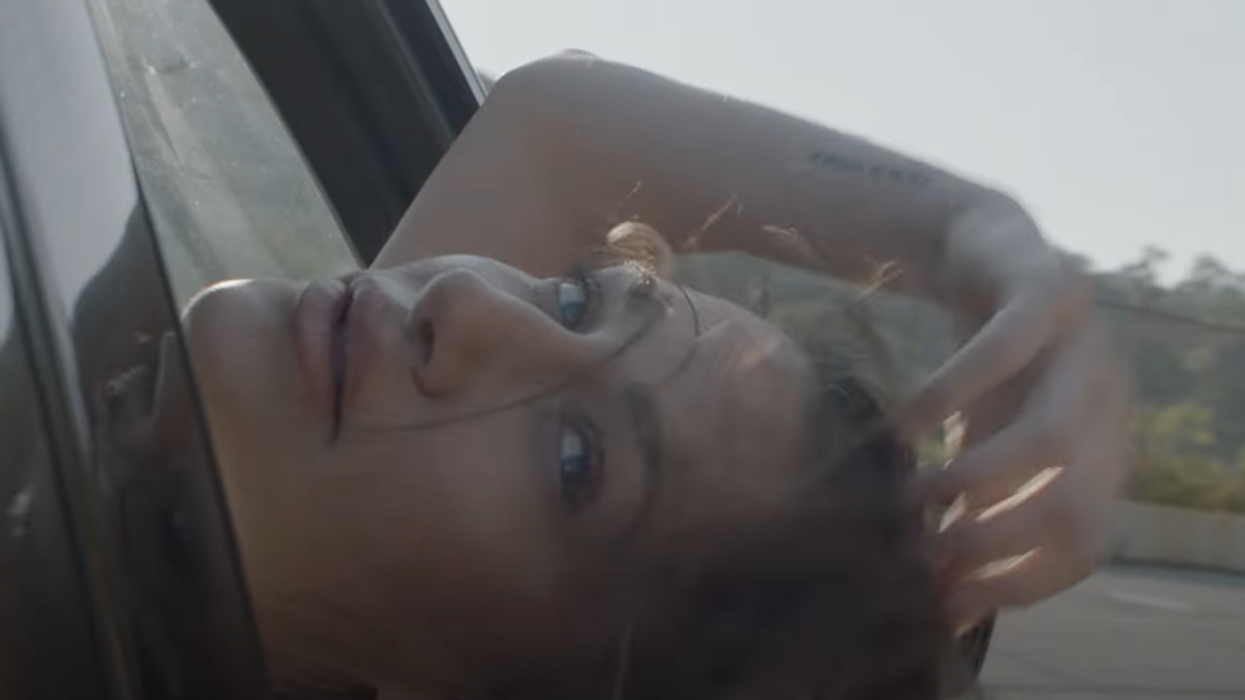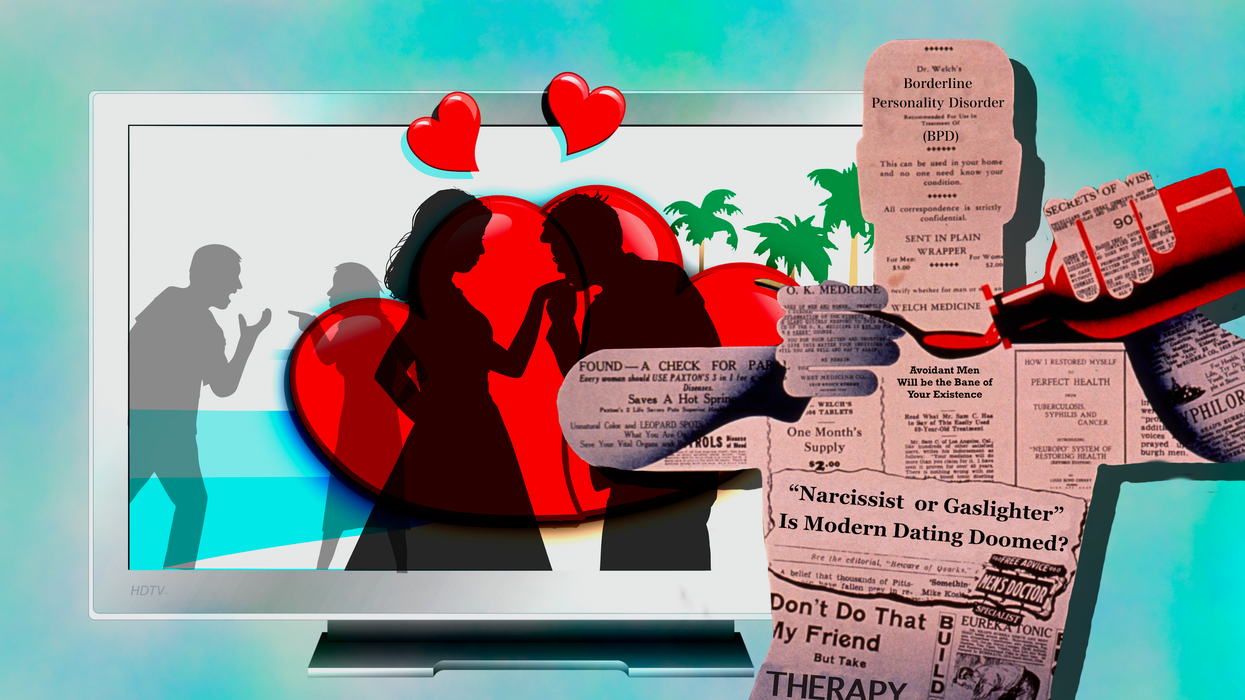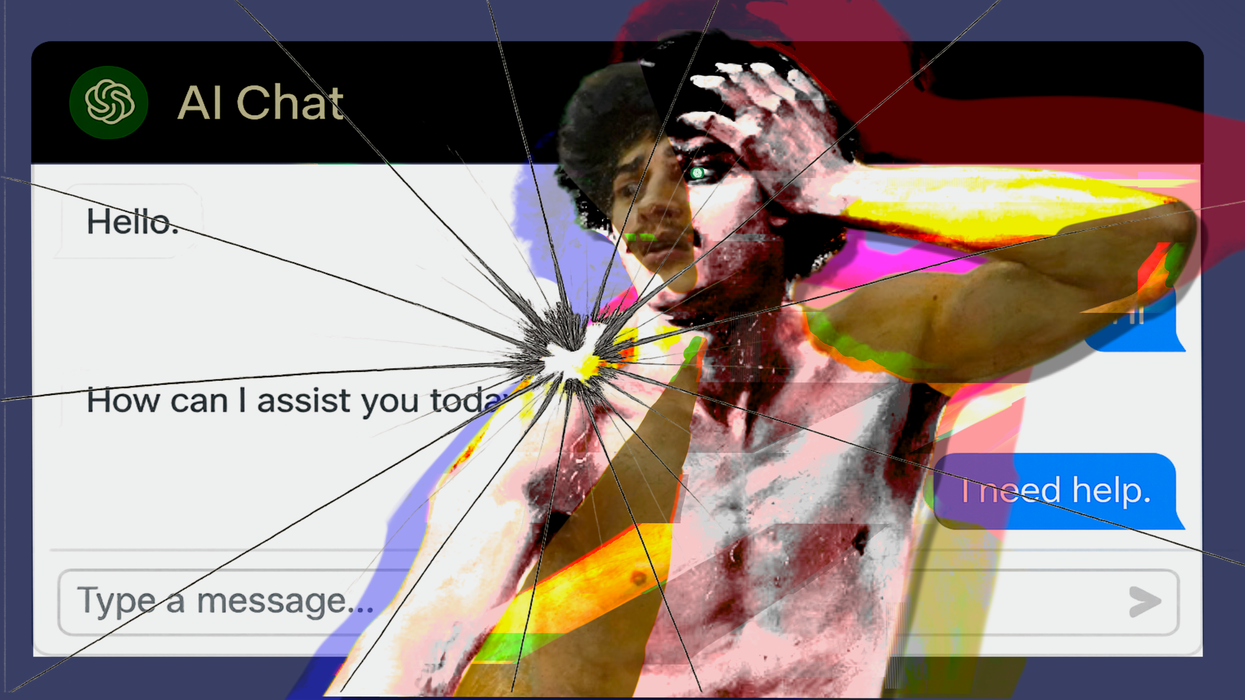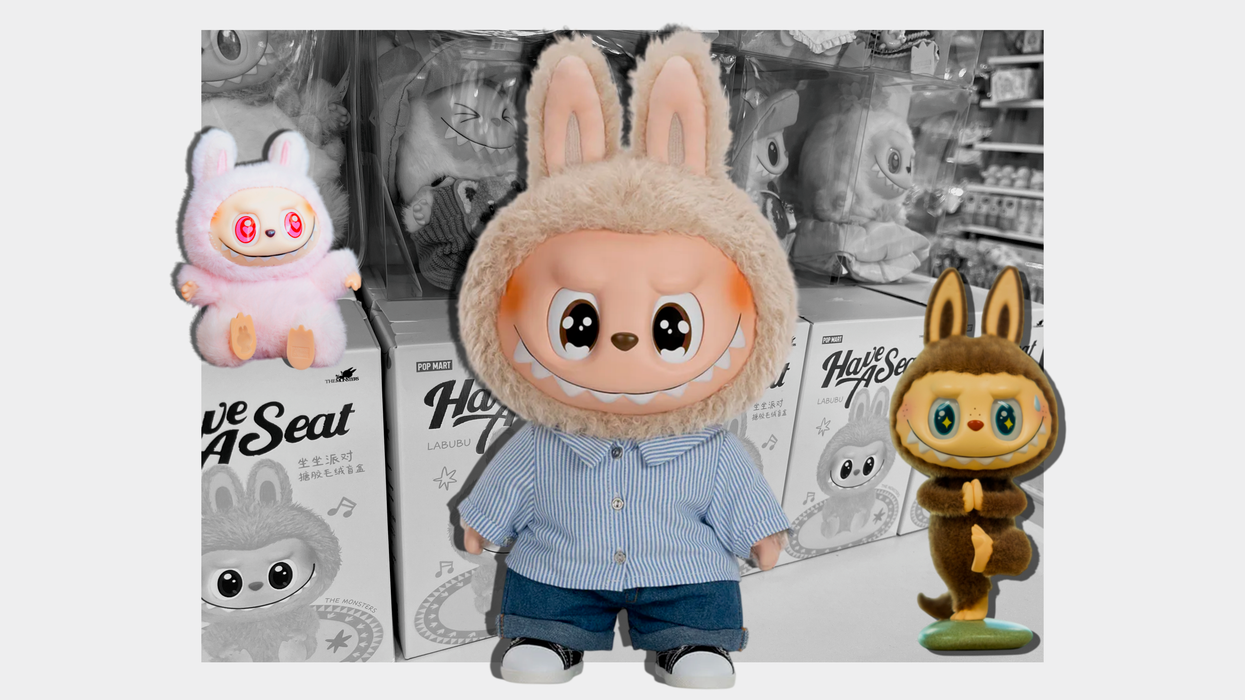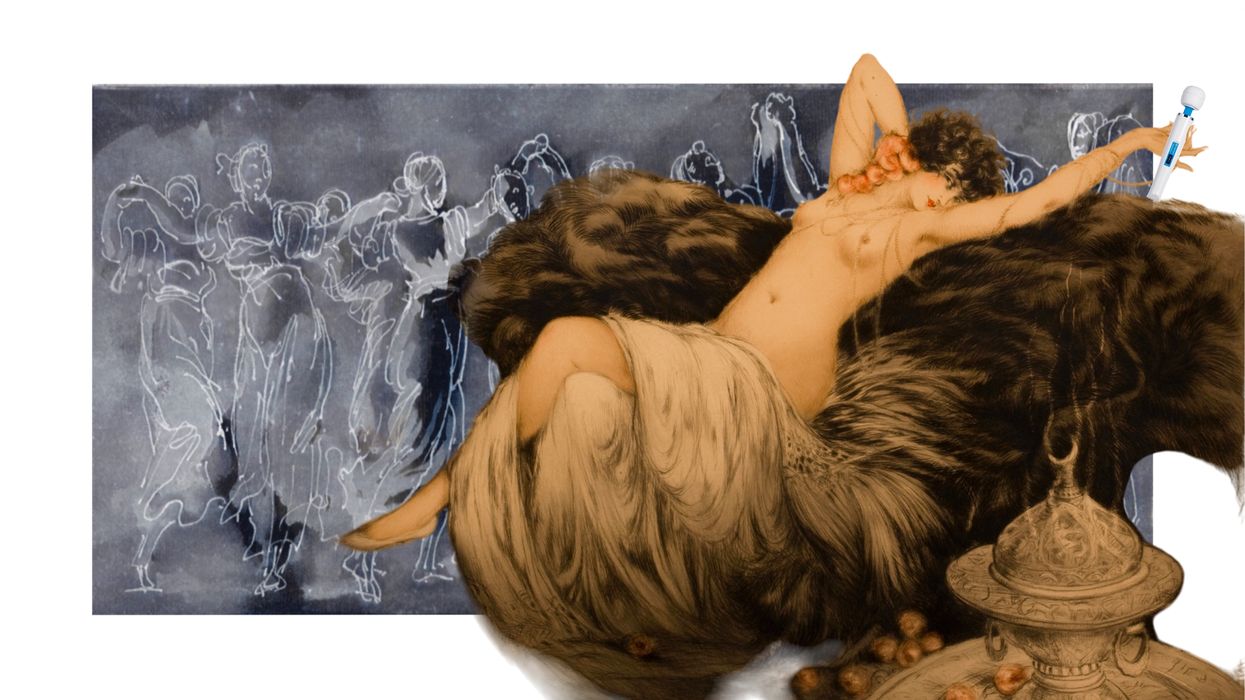From the early ’70s to late ‘80s, downtown NYC was a creative hotbed, with dozens of influential creatives working around and below 14th Street. There was Basquiat and Mapplethorpe, John Waters and Andy Warhol, as well as a German American artist named Adam Himebauch, who became an art world sensation through his impactful, large-scale paintings. Yet despite being a cult figure in lower Manhattan, the now 70-year-old has remained one of the white cube's best-kept secrets for the past 50 years — and it's about time that changes.
Rising to prominence in the mid-’70s, Himebauch is known for his monochromatic landscapes depicting trees, rivers and forest paths. Rendered in vivid colors that practically leap off the canvas, works like “Vincent Needle in Yellow Haze 1981” and “Deep Blue Japanese ZigZag 1979” have made him an art world darling, with a Taschen book, an exhibition at NYC MoCA and a retrospective at Trotter & Sholer. But for some reason, not much is known about the artist himself, making him the perfect subject for a short film showcasing his life and practice.
Half a century into his career, Himebauch is now the star of director Casilda García López’s Create Whatever You Want, a compilation of found footage taken between 1975 to the mid-’80s. Accompanied by music written by Sean R. Ferguson, the three-minute film gives us an unfiltered glimpse into Himebauch’s most prolific years as a downtown fixture, living among other artistic luminaries while painting some of his most beloved works. And with its mixture of studio shots and candid moments, it makes for a brief yet intimate look at an artist whose legacy is still a mystery to many outside of the art world.
To learn more about Himebauch, read his interview with VEXT, here.
Adam Himebauch is a painter, performance artist and grifter living in Delavan, Wisconsin. This is a work of satire.

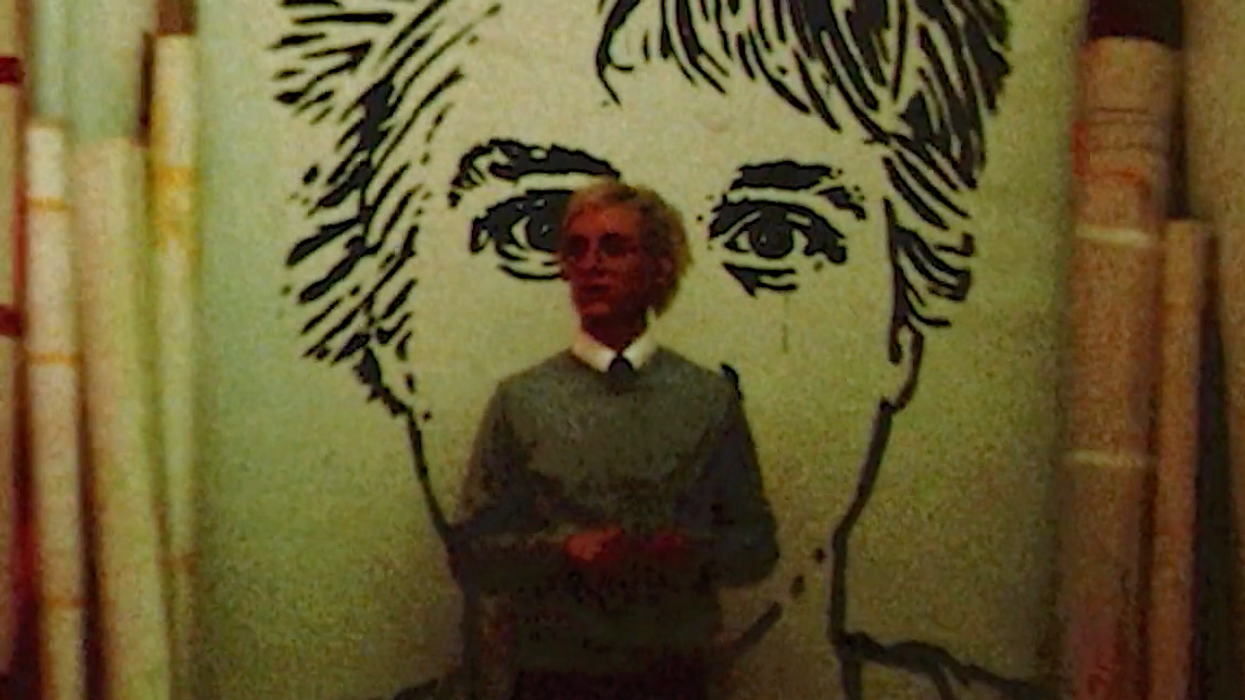

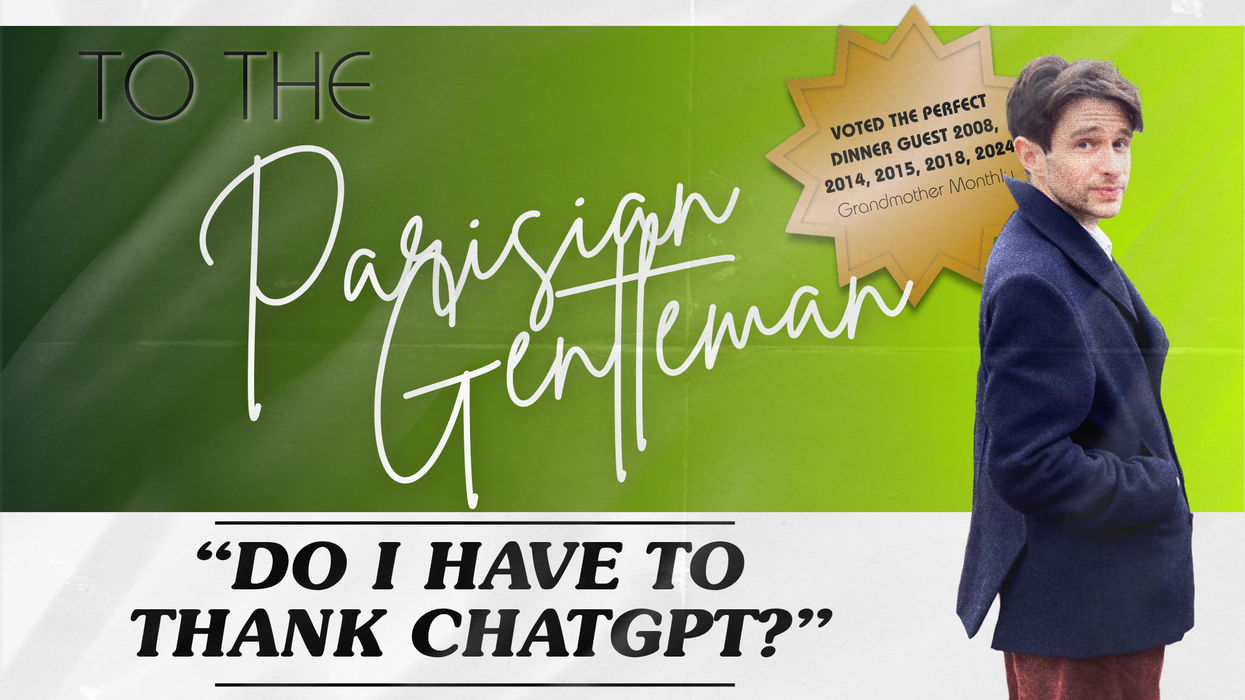
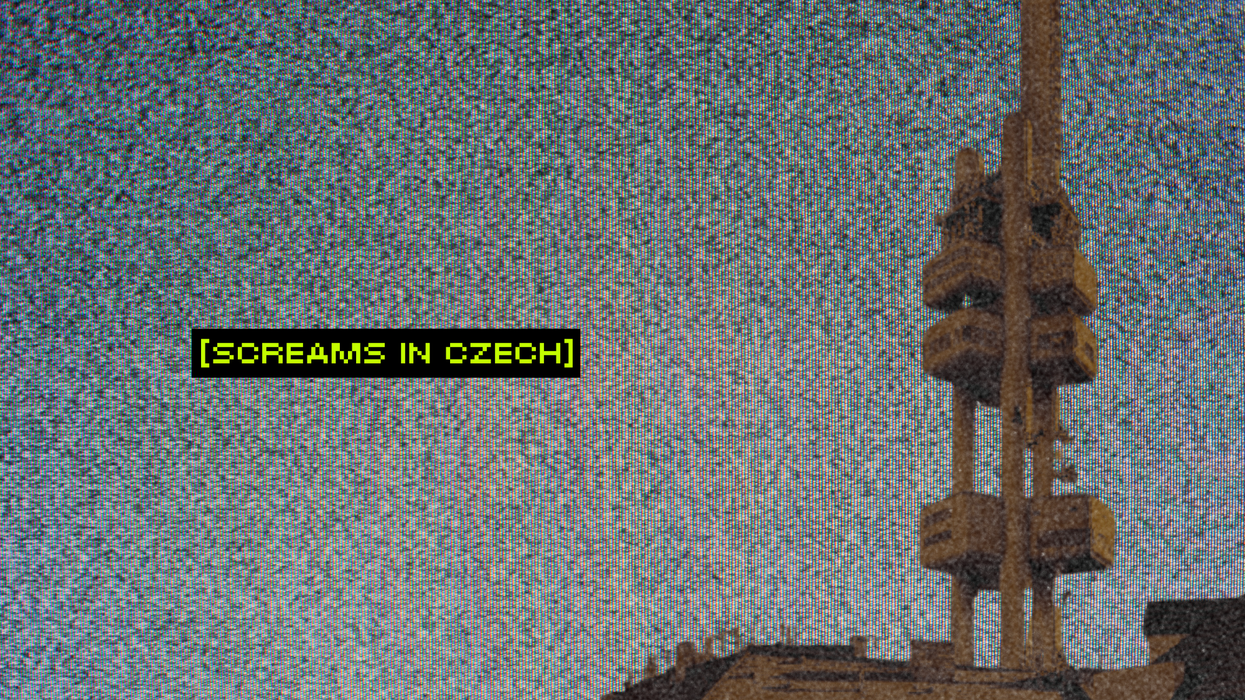
![[10/10] La Chimera: A Dreamlike Descent Into Grief, Memory and Myth](https://vextmagazine.com/media-library/image.png?id=61454821&width=1245&height=700&quality=90&coordinates=0%2C0%2C1%2C0)
